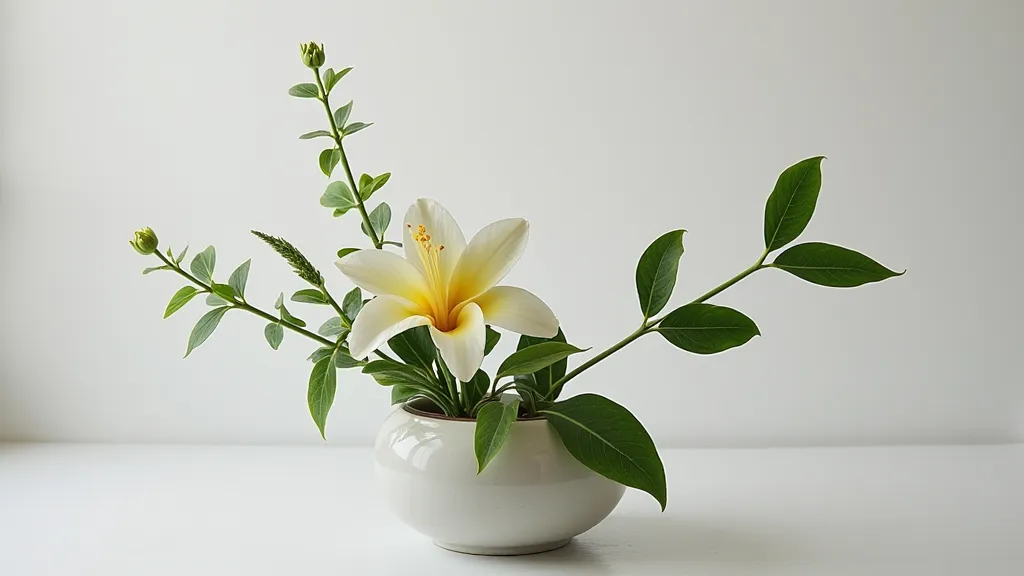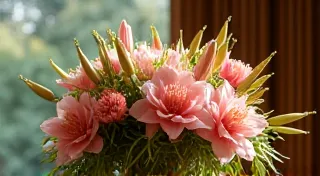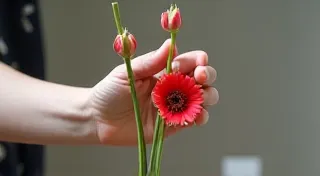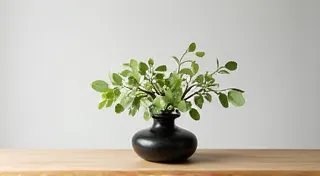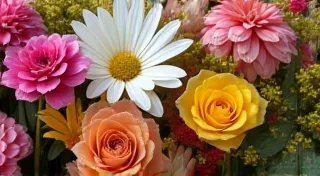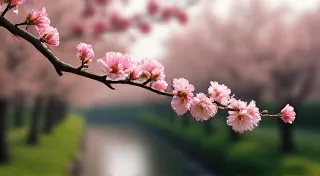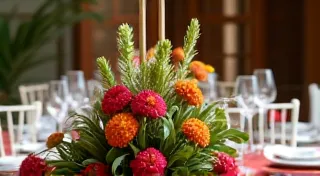Selecting Flowers and Foliage for Ikebana
Discover how to choose flowers and foliage that complement each other and contribute to the overall aesthetic of your Ikebana arrangement.
Understanding the Philosophy of Ikebana Selection
Before diving into specifics, it's important to grasp the underlying philosophy of Ikebana. Unlike Western floral design, which often prioritizes color and visual impact, Ikebana focuses on harmony, balance, and the natural beauty of the materials. The selection process isn't just about choosing pretty flowers; it's about honoring their individual character and how they interact within the arrangement. Consideration is given to their age, maturity, and even their imperfections. This mindful approach connects you to nature and the spirit of Ikebana. It’s a journey of observation and reflection, much like embracing a minimalist approach, as explored in Creating a Minimalist Ikebana Arrangement: Less is More.Key Considerations for Flower and Foliage Selection
Here’s a breakdown of what to look for when choosing materials:- Seasonality: Traditionally, Ikebana arrangements use flowers and foliage that are in season. This not only ensures freshness and longevity but also reflects the natural cycles of life and the changing seasons. Research what's blooming in your area during different times of the year. Understanding the cultural significance of these elements is also crucial; for a deeper dive into the meanings behind the flowers, explore Understanding the Symbolism in Ikebana: Meaning Behind the Elements.
- Shape and Form: Pay attention to the shapes of the flowers and foliage. Are they round, angular, delicate, or robust? A good arrangement will incorporate a variety of shapes to create visual interest. Think about vertical lines, horizontal lines, and diagonal lines.
- Texture: Texture adds another layer of complexity to your arrangement. Combine smooth petals with rough bark, delicate leaves with sturdy branches.
- Color Harmony: While bold colors can be impactful, traditional Ikebana often favors a more subtle palette. Consider analogous colors (colors that are next to each other on the color wheel) or complementary colors (colors that are opposite each other). Think about the mood you want to create.
- Symbolism (Optional): Some flowers and foliage have traditional symbolic meanings in Japanese culture. For example, pine branches symbolize longevity, while cherry blossoms represent the ephemeral nature of beauty. Researching these meanings can add another layer of depth to your arrangement.
Common Flowers and Foliage Used in Ikebana
Here are a few examples of popular choices. Remember this is not exhaustive!Flowers:
- Cherry Blossom (Sakura): Represents spring, renewal, and the fleeting nature of life.
- Camellia (Tsubaki): Symbolizes perfection and longevity.
- Chrysanthemum (Kiku): Represents the sun and is often associated with the Imperial family.
- Iris (Ayame): Represents spring and rebirth.
Foliage:
- Pine (Matsu): Symbolizes longevity and resilience.
- Bamboo (Take): Represents strength and flexibility.
- Maple (Momiji): Represents autumn and change.
- Ferns: Add a lush, natural feel.
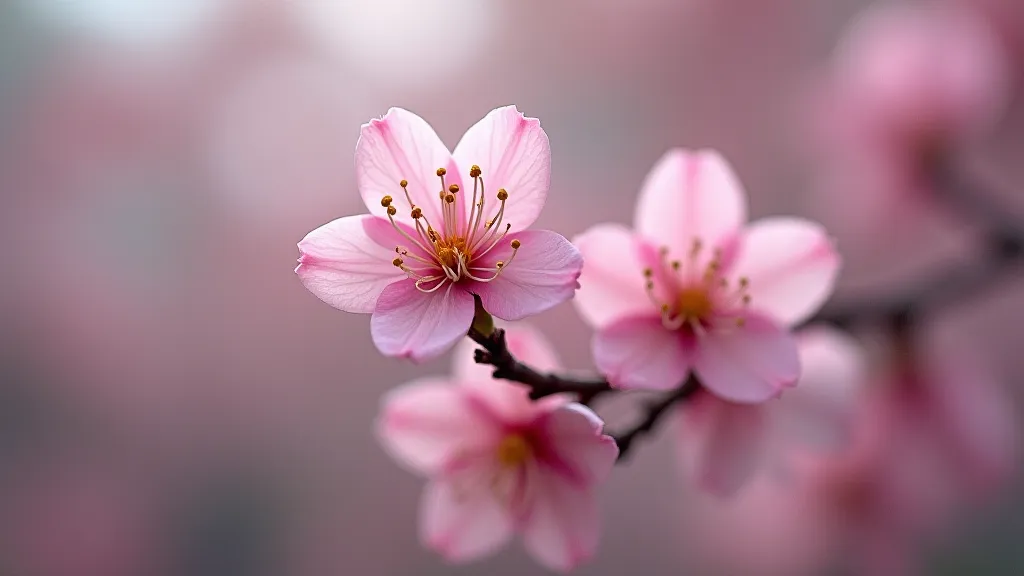
Tips for a Balanced Selection
- Start with the Focal Point: Choose a flower or branch that will serve as the focal point of your arrangement. This will help guide your selection of other materials.
- Consider Negative Space: Don't be afraid to leave empty space in your arrangement. Negative space can create a sense of calm and balance.
- Embrace Imperfection: Ikebana values the natural beauty of materials, including imperfections. Don't strive for perfection; embrace the unique character of each element.
- Experiment: The best way to learn is by doing. Don't be afraid to experiment with different combinations of flowers and foliage.
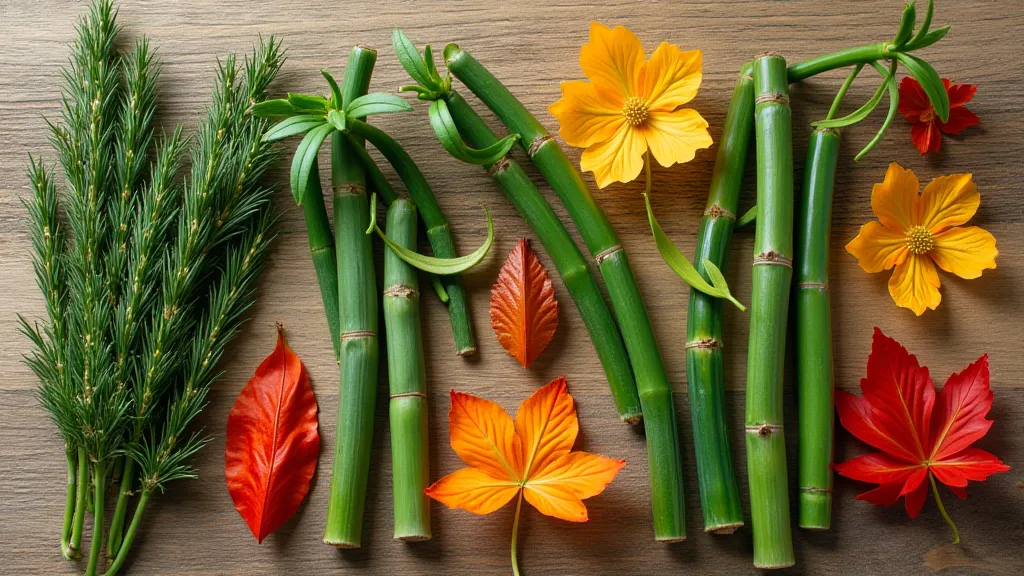
Beyond the Traditional – Exploring Contemporary Options
While respecting the tradition is vital, modern Ikebana practitioners sometimes incorporate non-traditional elements. This could include flowers from different regions, or even unconventional materials like twigs or seed pods. The key is to maintain the principles of harmony and balance. The choice of vessel is also incredibly important; if you’re looking to create something truly special, consider the various Choosing the Right Vase: A Guide to Ikebana Vessels that can enhance your arrangement. Beyond the flowers themselves, sometimes the occasion calls for specific designs; discover ways to celebrate life’s moments through floral artistry in Ikebana for Special Occasions: Celebrating Life's Moments.